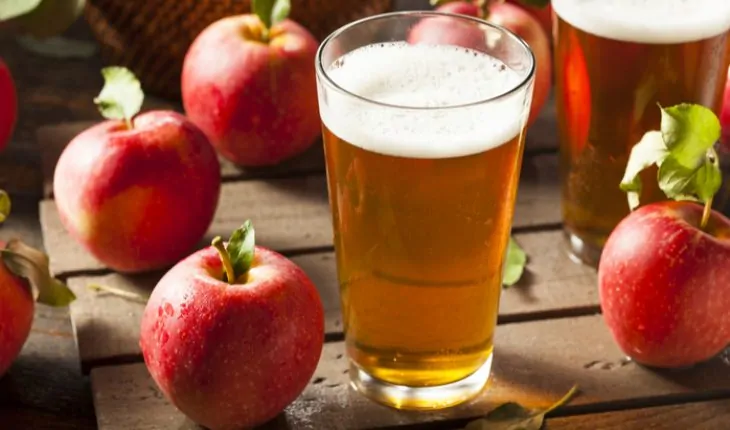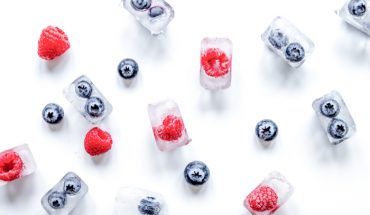This autumn thousands of people will be flocking to farmers’ festivals around the UK, from the Isle of Sheppey, in Kent, to Norfolk, Yorkshire and the Shetland Isles. September is a bumper time for harvesting onions, apples, potatoes, courgettes, tomatoes, aubergines, beetroot, blackberries and runner beans with many crops reaching their peak as the sun begins to lose its strength.
August, September and October are the best time to harvest apples to make cider, which is gaining popularity around the country with many small artisan producers and micro-breweries thriving, such as ‘Crazy Dave’s Cider’ in Berkshire. The western British tradition of wassailing the apple trees and making and offering of cider in the autumn to protect the fertility of the orchard is an ancient tradition dating back to pagan times Whether you are planning to attend the York Beer and Cider Festival (September 19-22); the Jersey Cider Festival (September 16); the Little Orchard Cider and Music Festival, Penhallow, Cornwall (September 14-16) – here are 10 reasons why drinking cider is good for you, whilst having lots of fun.
Gluten-free
Because it’s made from apples cider is naturally gluten-free making it a delicious tipple for people with coeliac disease, or a sensitivity to gluten. Remember to check the bottle you intend to drink to confirm that it is indeed wheat-free.
Mops up Free Radicals
One of England’s oldest drinks, cider was long thought to be good for you, as well as lifting your spirits. Now scientists have revealed that cider, like red wine has high levels of beneficial antioxidants, due to the superfood qualities that the apples provide. Antioxidants help to reduce the damage caused by compounds called free radicals which can damage your body’s cells. Recently scientists at Brewing Research international revealed that half a pint of cider provides as many antioxidants as a glass of red wine. Further trials on volunteer cider drinkers at the Institute of Food Research, Norwich, the results of which were published in the scientific Journal of Nutrition, showed that the antioxidants are rapidly absorbed into the bloodstream enhancing the health benefit.
Kept the American settlers alive
Cider was a popular drink in England in the 1600s and brought over to America by the Pilgrims, who discovered it was safer to drink than rancid water. As the colonies began to flourish American settles continued to favour cider. That included children, who sipped a slightly weaker version called ciderkin. During ‘Prohibition’ many Americans called cider ‘apple juice’ into to pass it off as a non alcoholic beverage and the innocent sounding name stuck. It is still called ‘apple cider’ in the US and parts of Canada.
Drink Cider at Room temperature
Cider is usually made from apples, but it can also be made from other fruits including pears, plums, peaches, cherries and strawberries. It is at most delicious drunk straight from the artisan’s cask, or barrel. Unlike beer, you can store a really good cider for a year or two and some will improve with age. Cider is best enjoyed at room temperature, but many people prefer to drink it cold.
Under the harvest moon
In England, the harvest festival, also known as the harvest moon, (or the Barley Moon) is traditionally celebrated on the Sunday nearest the harvest moon – this year’s harvest moon is on September 25th. This is the full moon that occurs closest to the autumn equinox. It’s been a bumper year for apples, and fruit that is ripe and ready to pick should come away with a gentle twist of the hand, and with its stalk still attached. The autumn tradition of ‘bobbing’ for apples is due to the abundance of fruit at this time.
Half a pint of cider is equivalent to around one unit of alcohol – so savour it!
- People’s Choice Victory for Down’s Syndrome Scotland Garden at Chelsea 2025 - 28th May 2025
- Cadogan: A Chelsea Family By Tamsin Perrett - 3rd May 2025
- Dream Worlds a new exhibition in Cambridge - 14th December 2024







